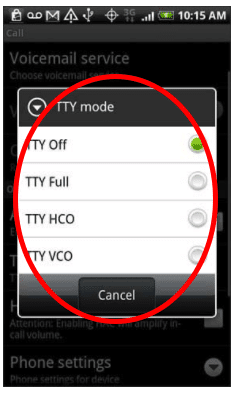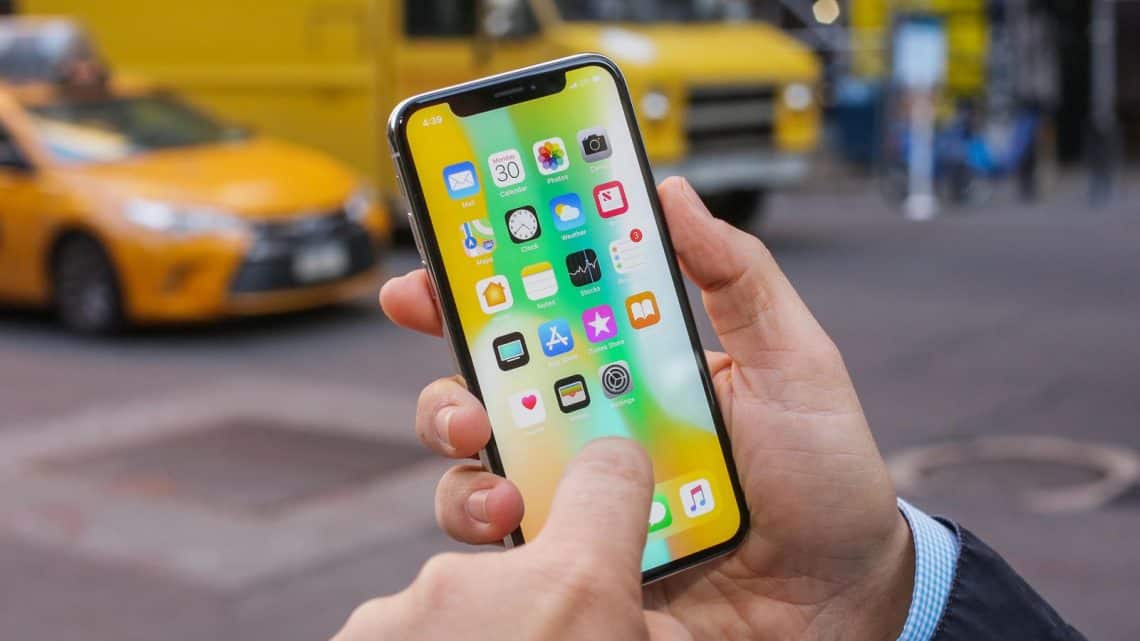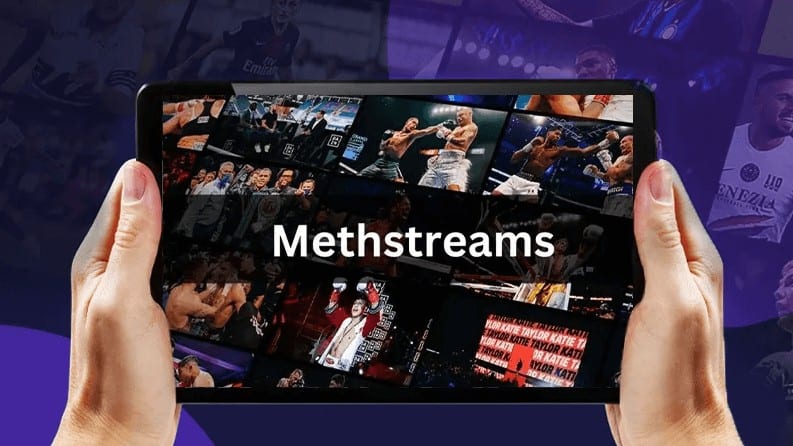Mobile phones these days have such a massive quantity of options, and it’s hard to figure out what all of them do. Have you ever heard or seen of TTY mode and wondered what it was? Did you The TTY abbreviation stands for teletype machine, a tool that allows deaf or deaf people to talk through the telephone by composing text messages.
TTY mode is a characteristic of cellular phones that stands for either A teletypewriter is a device intended for the hearing impaired or people who have trouble talking. It translates sound signals into words and displays them for someone to see. The device can then re-encode written answers into audio for another party to have the ability to hear.
TTY refers to all kinds of teletypewriters. TTY mode refers only to cellular phones.
What is TTY mode
TTY stands for Text Telephone. It is also sometimes called a TDD, or Telecommunication Device for the Deaf. TTY is the more widely accepted term, however, as TTYs are used by many people, not just people who are deaf.
A TTY device is used to communicate by people with speech and hearing impairments. A user with a speech impairment can type a message on the TTY machine and the machine will send the message through a phone line or mobile signal. For users with hearing impairments, the TTY machine will turn voice messages into text messages so the user can read them.
While a TTY machine may sound a lot like text messaging, its actual functions are more seamless. TTY machines allow users to continuously communicate as part of one conversation, without receiving constant message notifications and updates like from text messages. During a TTY conversation, the messages appear immediately on the other party’s TTY screen without interruption. TTY devices can be connected to both landlines and cell phones, allowing for portable communication.
Today, many cell phones have a TTY mode. What’s the TTY mode meaning? Well, TTY mode allows the phone to function as a TTY device. Depending on the phone, it may have a built-in TTY software, allow you to connect the phone to an external TTY device, or both.
Understanding TTY Modes
Many phones offer three distinct TTY modes, each serving specific communication needs:
- TTY Full Mode: Enables both sender and receiver to communicate through TTY messages, excluding any audio components.
- TTY VCO Mode: Tailored for users who can send messages through voice but need to receive messages on a TTY text display.
- TTY HCO Mode: Geared towards users who can receive voice messages but prefer sending text messages.
What is a teletypewriter?
Teletypewriters are very old technology, but they have been modified for new media to continue providing accessibility to the hearing impaired or the speech impaired. The FCC mandated that cellphones be compatible with teletypewriters to maintain connectivity as much as possible regardless of accessibility requirements; hence TTY mode.
Originally, teletypewriters were used in newsrooms before the age of cellphones and internet. They would sit in a row chattering away as they printed and produced quite a lot of noise. Messages could be sent from one end of the country to the other using the existing telephone network. As the internet, email, and mobile phones took over, teletypewriters took a back seat. They are now used almost exclusively for the hearing or speech impaired.
How to use TTY mode
If you have a compatible handset, using TTY mode is simple. You will need a teletypewriter, a TTY cable, and your phone, of course. Usually, the TTY cable will connect to the audio jack. You then need to turn on TTY mode and go from there.
When you enable TTY mode, other phone functions may not work properly. Depending on the phone, you may not be able to use SMS or normal voice calls with it enabled. So if you don’t use a teletypewriter, it makes sense to keep the setting switched off in order to have access to your phone’s full functionality.
There are usually four settings to choose from, TTY Off, TTY Full, TTY HCO and TTY VCO.
- TTY Off is fairly straight forward, as it means TTY Mode is not enabled at all.
- TTY Full is for text only communications both ways with no audio component.
- TTY HCO is for Hearing Carry Over which means your messages are sent via text but received as audio. Used primarily for speech impaired. Think of text-to-speech programs and you’ll understand the gist of this setting.
- TTY VCO is for Voice Carry-Over, which means you talk and the teletypewriter at the other end turns it into text. Messages are received in text, and this setting is used primarily for hearing impaired. Think of speech-to-text programs and you’ll understand the gist of this setting.
TTY Full is useful if both parties have either speed or hearing impairments. It will send and receive purely in text via the teletypewriter at each end.
TTY HCO is useful if the caller has speech impairments but the called party does not. The teletypewriter will send the message via text while replies will be audio.
TTY VCO is best used when the caller is hearing impaired but has no issues with speech. The caller sends the message over audio and receives replies as text.
If you want to communicate with someone who is hearing impaired but do not have a TTY compatible phone, you can use the Telecommunications Relay Service in the US. This is a 24-hour service available to anyone by calling 711. A trained operator will type your spoken message on their teletypewriter and send it on your behalf. They will then translate the reply into speech. It sounds a little 18th century but it works very well, and if it’s the only option available to you then it’s indispensable.
A TTY, or teletypewriter, is a device used to help deaf people communicate. Many mobile phones today have the ability to connect to TTY devices, allowing hearing-impaired people to converse with others using a TTY device. When enabling or disabling TTY mode on your phone, certain elements of your phone become become unusable.
About TTY
TTY devices are machines that are specifically designed to allow hearing and speech impaired people to communicate with one another over long distances. Because hearing- or speech-impaired people are unable to use telephones in the conventional way, the TTY machine displays text messages. Both parties require TTY devices to communicate with one another. If your cell phone has TTY capabilities, it can be connected to a TTY device, and you can communicate with someone else who has a TTY device. Unlike text messaging, TTY language and protocol is designed for instant communication. For instance, the term “GA,” short for “go ahead,” is used at the end of a sentence, signifying that it’s the other person’s turn to speak.
TRS
One of the main functions of TTY devices is the ability to connect to TRS, or the Telecommunications Relay Service. This service translates words into text, and text into words. Essentially, this allows a non-hearing-impaired person to speak into the telephone, and hear words being spoken back. On the other end, however, is a hearing-impaired person typing words, and seeing words being typed back to him. In the past, operators used to translate the communication, but today, human voice recognition software is being implemented to relay the communications between the two parties.
Enabling TTY
You can connect your mobile headset to a TTY device through the headphone jack, but you’ll first need to enable TTY in your phone’s settings. While each phone is different, you can usually find the TTY option under the “General Settings” menu. Choose to turn TTY on before connecting your phone to a TTY device. Enabling TTY mode may cause you to lose the ability to receive non-TTY calls and text messages. You may also be unable to open certain applications on smartphones.
Disabling TTY
Turning off TTY mode on your phone will allow you to use the normal non-TTY functions of your phone again, such as making and receiving basic phone calls and text messages. However, you will not be able to receive, or make, TTY phone calls. If you’re expecting a TTY phone call, then you need to enable your TTY mode ahead of time. Other than not being able to receive TTY calls, there shouldn’t be any other negative consequences of turning off TTY mode. Your phone should still function as normal.
How to Use TTY Mode on an iPhone
- Tap the “Settings” app.
- Tap “General” from the “Settings” menu.
- Tap “Accessibility” from the “General” menu.
- Select “TTY”.
- Select if you will use the built-in “Software TTY” or if you will attach an external device through “Hardware TTY.”
- Exit to the home screen.
- Select “Phone.”
- Select the person you want to call.
- When the call screen opens, tap the “TTY” button.
- Type the message you’d like to send to begin the call.
If you’ve turned TTY mode on an iPhone on, you can make a call with or without the TTY mode. You can also return to the settings menu to turn TTY mode off if you no longer need it.
How to Use TTY Mode on an Android Phone

- Select the “Settings” application.
- Select “Call” from the “Settings” application.
- Select “TTY mode” from the “Call” menu.
- Select the desired TTY mode (TTY Off, TTY Full, TTY HCO, TTY VCO, which are three different types of TTY I discussed in the previous section).
- Tap back to the main menu to make a call. You can now select whether you want to make the call normally, or using the selected TTY mode.
Conclusion
TTY mode allows people with hearing and speech impairments to communicate by using text-to-voice or voice-to-text technology. Today, most cell phones are equipped with built-in TTY technology meaning that you don’t have to purchase an additional TTY device to communicate. There are also numerous other methods of communication for people with speech and hearing impairments, including text messaging, video calls, and video relay services.
In conclusion, TTY mode serves as a bridge for effective communication, breaking barriers for those with hearing and speech impairments. Today, most cell phones come equipped with built-in TTY technology, eliminating the need for additional devices. As we navigate the ever-evolving landscape of mobile technology, understanding and embracing features like TTY mode ensures inclusive communication for all.
Tty hco mode meaning
The tty hco mode stands for “TTY Hearing Carry Over” mode. This mode is a telecommunications feature that allows individuals who are hearing impaired to communicate over the phone. In this mode, a specially trained operator, known as a relay operator, acts as an intermediary between the hearing impaired individual and the person they are calling.
During a call in tty hco mode, the hearing impaired individual types their message on a TTY (Text Telephone) device, which is connected to the phone line. The relay operator reads the typed message to the person on the other end of the line and then types their response back to the hearing impaired individual. This allows for a real-time conversation to take place, with each party receiving and responding to messages through text.
Tty hco mode is particularly useful for individuals who are unable to hear or have difficulty hearing during phone conversations. It provides them with a way to communicate effectively and independently, without relying on sign language interpreters or lip-reading. This mode is available through specialized relay services provided by telecommunication companies or organizations dedicated to assisting individuals with hearing impairments.
It’s important to note that tty hco mode is just one of several modes available for individuals with different communication needs. Other modes include tty vco (Voice Carry Over), which allows the hearing impaired individual to use their own voice to communicate, and tty full (Full TTY), which is used when both parties have TTY devices and can communicate solely through text.
What is tty mode on cell phones
The TTY mode on cell phones, also known as teletypewriter mode, is a feature that enables communication for individuals with hearing or speech impairments. It allows people who are deaf, hard of hearing, or have difficulty speaking to communicate using text-based messages.
When TTY mode is activated on a cell phone, it converts voice messages into text and vice versa, making it possible for users to have conversations through written messages. This feature is especially useful in situations where it may not be possible or convenient to make a phone call, such as in noisy environments or during a medical emergency.
TTY mode can be accessed through the phone’s accessibility settings. Once enabled, users can connect their cell phone to a TTY device, which is a specialized device with a keyboard and display screen. The TTY device will then display messages from the cell phone and transmit text-based responses back to the caller.
It’s important to note that TTY mode requires both parties in the conversation to have compatible devices. If one person is using TTY mode and the other is not, the communication will not be possible. However, many modern cell phones and landline telephones are equipped with TTY compatibility to ensure inclusivity and accessibility.
Overall, TTY mode on cell phones plays a crucial role in facilitating communication for individuals with hearing or speech impairments. It allows them to stay connected with others and participate in conversations, providing a sense of independence and inclusion in today’s digital world.
Tty phone setting
The tty phone setting is a feature that allows users to enable communication through text on their mobile devices. By activating this setting, users can transform their smartphones into TTY (teletypewriter) devices, which are designed for individuals with hearing or speech impairments.
When the tty phone setting is turned on, users can send and receive text messages or make calls using a TTY-compatible device. This setting converts spoken words into text, allowing individuals with hearing impairments to read the conversation. It also enables individuals with speech impairments to type their responses, which are then converted into audible speech for the other person.
In addition to text communication, the tty phone setting also supports relay services, which allow individuals with hearing or speech impairments to communicate with people who do not have TTY-compatible devices. Relay services act as intermediaries, converting TTY messages into spoken words and vice versa, ensuring effective communication between individuals.
Activating the tty phone setting on your mobile device is simple. Navigate to the accessibility settings on your phone, locate the “TTY” or “Hearing” section, and enable the TTY mode. Depending on your device, you may need to connect an external TTY device or use a built-in TTY emulator to fully utilize this feature.
The tty phone setting is an essential accessibility feature that promotes inclusivity and equal communication opportunities for individuals with hearing or speech impairments. By enabling this setting, users can effectively communicate with others through text, ensuring that no one is left behind in this increasingly connected world.








